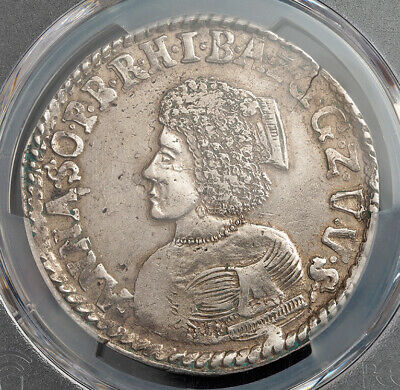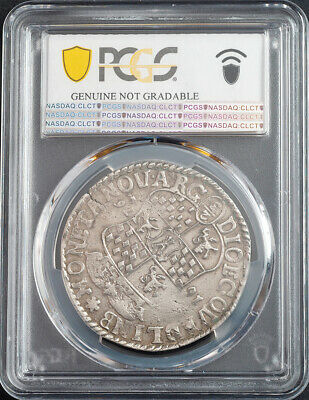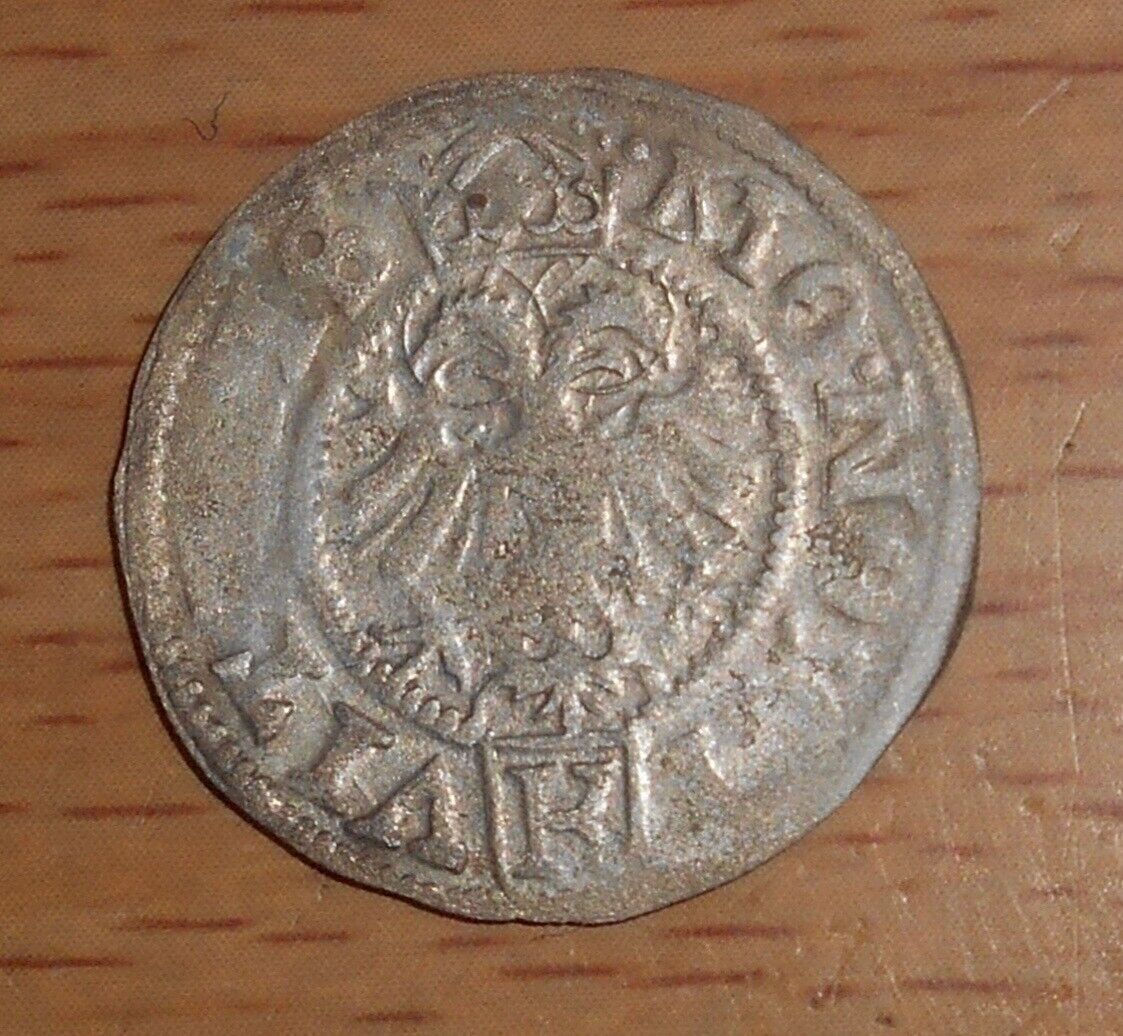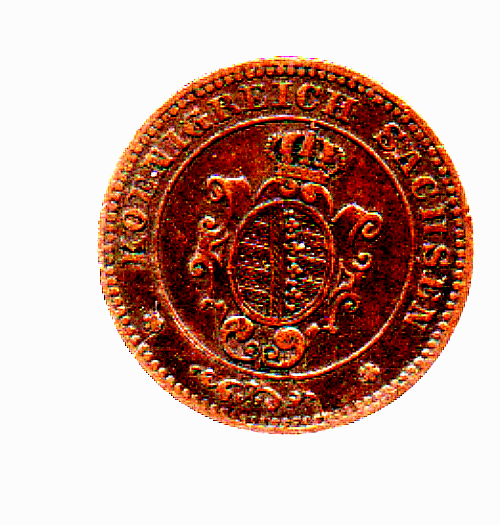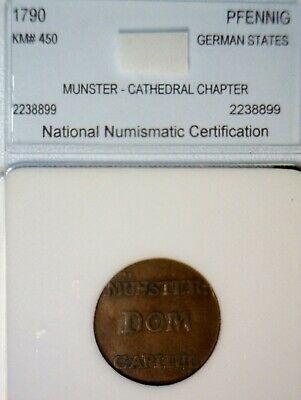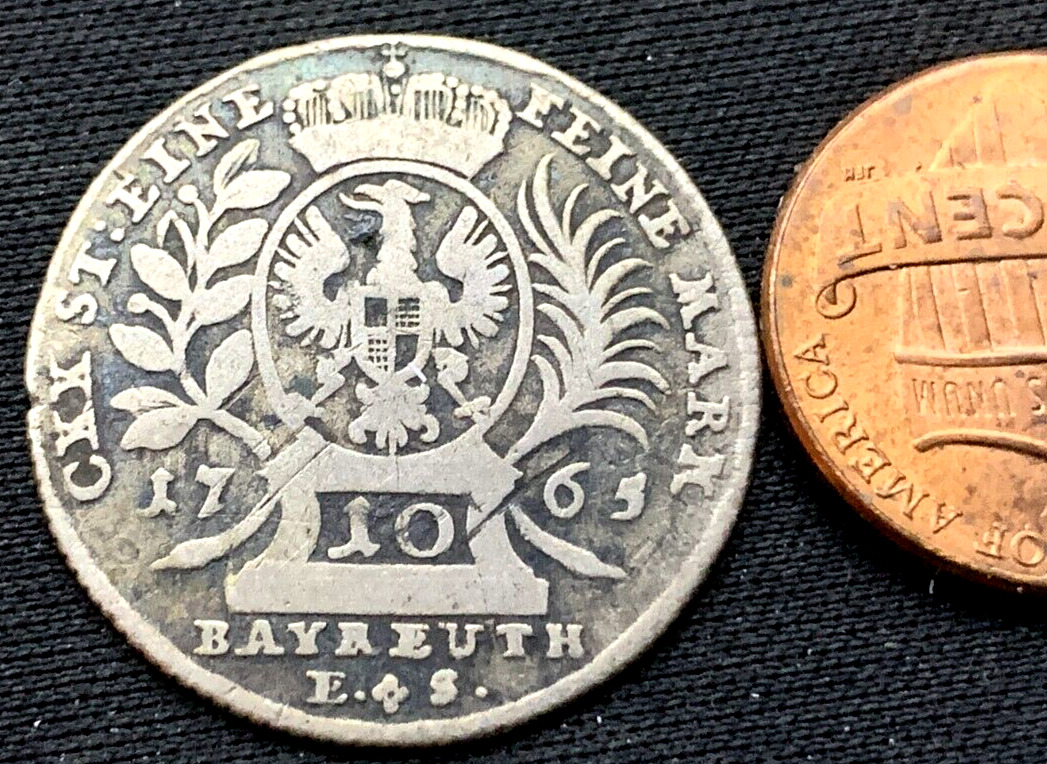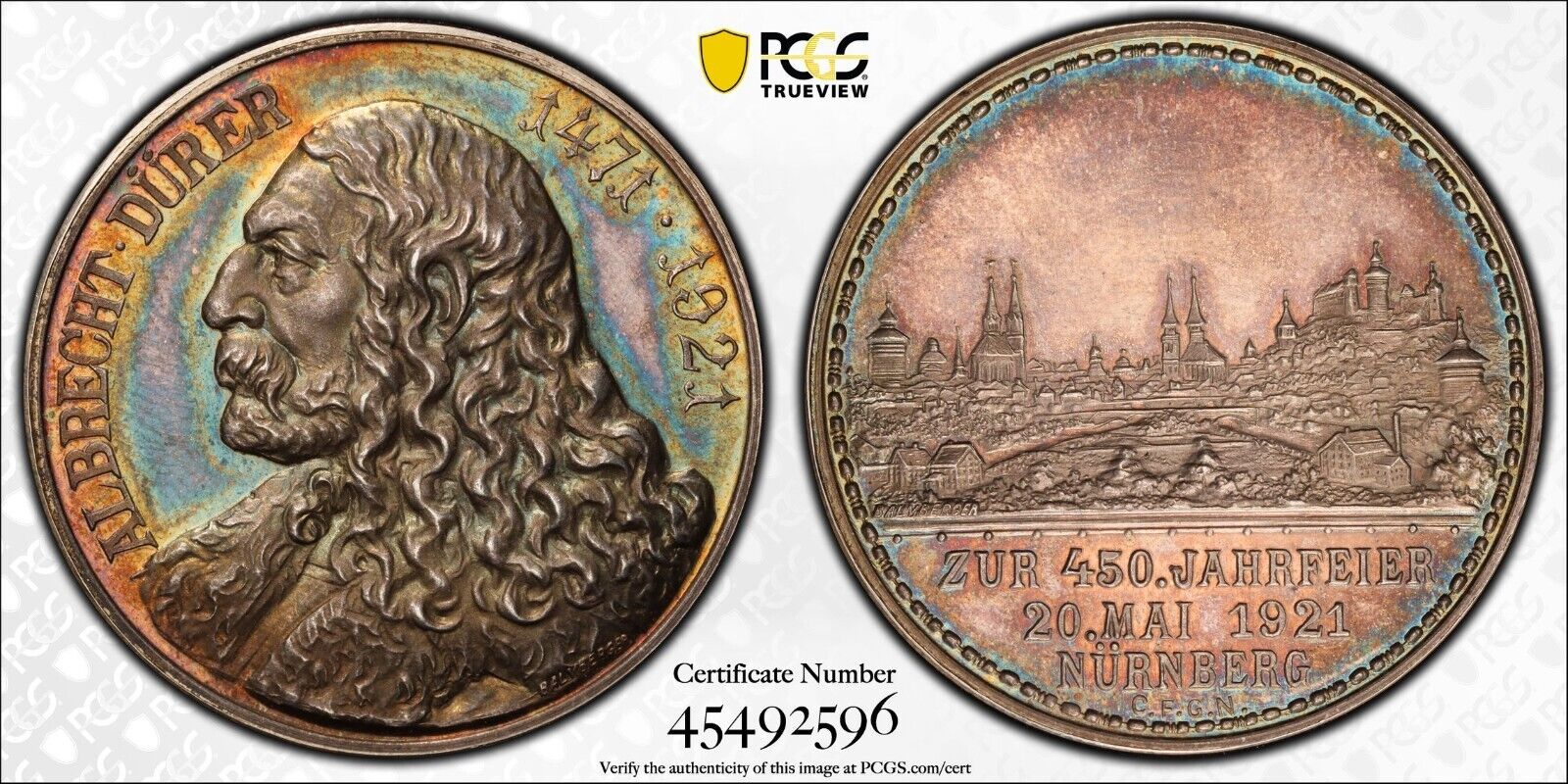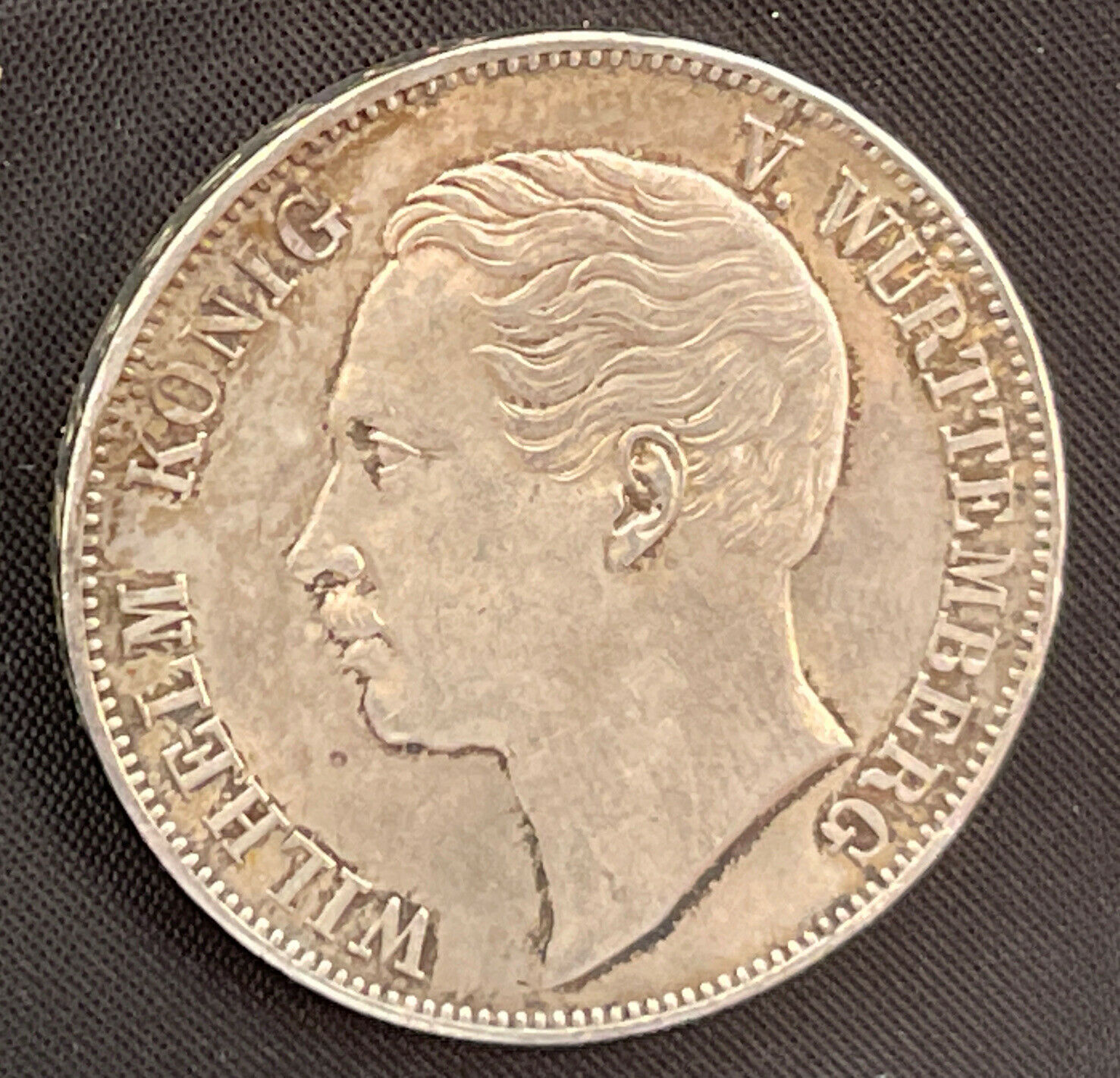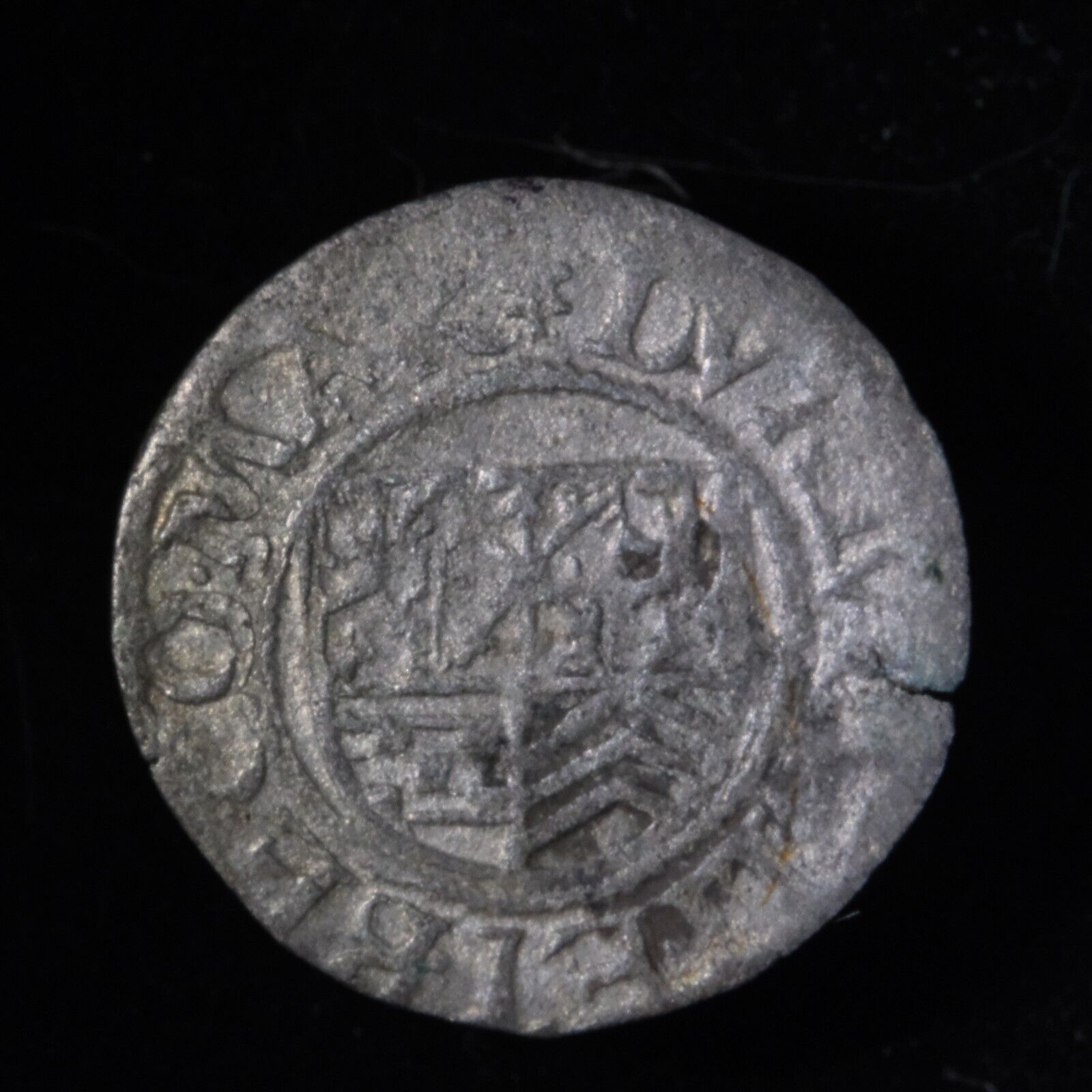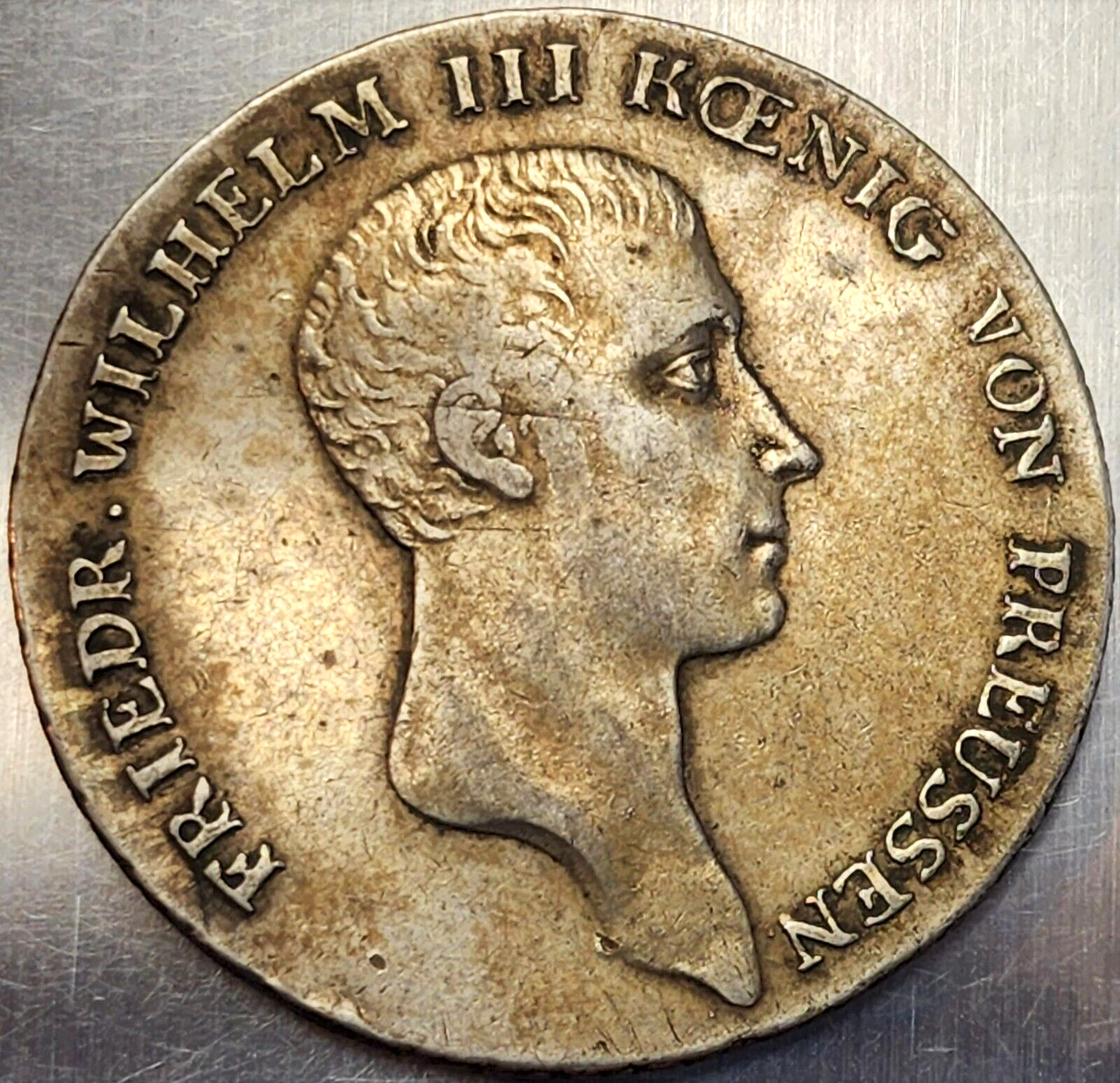-40%
1676, Quedlinburg (Abbey), Anna Sophia II. Rare Silver 2/3 Thaler Coin. PCGS XF+
$ 416.59
- Description
- Size Guide
Description
CoinWorldTV1676, Quedlinburg (Abbey), Anna Sophia II. Rare Silver 2/3 Thaler Coin. PCGS XF+
Mint Year: 1676
Denomination: 2/3 Thaler
Condition:
Certified and graded by PCGS as XF (Details: Cleaned!)
Reference: Davenport 775A (
the slab says 775B and KM-61, both of which is wrong, as this variety lacks the mint master´s initials "HAR"!
), KM-53 (
0 in XF!
).
Rare!
Weight: 16.72gm
Diameter: 38mm
Material: Silver
Obverse:
Draped bust of Anna Sophia of Hesse-Darmstadt left, wearing a pearl-necklace.
Legend: ANNA . SO . P . B . R . H . I . B . A . Z . Q . G . Z . V . V . S .
Reverse:
Ducal crown on composite coat-of-arms of the Princess-Abbess of Quedlinburg. Value (2/3) in oval frame below, date (16-76) split at sides.
Legend: * MONETA NOV . ARG (2/3) DIOEC . QVEDLINB
Quedlinburg Abbey
(German: Stift Quedlinburg or Reichsstift Quedlinburg) was a house of secular canonesses (Frauenstift) in Quedlinburg in what is now Saxony-Anhalt, Germany. It was founded in 936 on the initiative of Saint Mathilda, the widow of the East Frankish King Henry the Fowler, as his memorial. For many centuries it and its abbesses enjoyed great prestige and influence. Quedlinburg Abbey was an Imperial Estate and one of the approximately forty self-ruling Imperial Abbeys of the Holy Roman Empire. It was disestablished in 1802/3.
Authenticity unconditionally guaranteed.
Bid with confidence!
Landgravine Anna Sophia of Hesse-Darmstadt
(17 December 1638 – 13 December 1683) was a German noblewoman who reigned as Princess-Abbess of Quedlinburg under the name
Anna Sophia II
.
Anna Sophia was the daughter of George II, Landgrave of Hesse-Darmstadt, and Duchess Sophia Eleonore of Saxony. She was raised as Lutheran, received good education and grew up to be strictly religious.
In 1655, at the age of 17, Anna Sophia entered the Quedlinburg Abbey. In 1658, Anna Sophia published a book of spiritual meditations called
Der treue Seelenfreund Christus Jesus
. At first, Lutheran theologians regarded her book as suspect. They argued that the book equalized women with men, but it was later approved. Anna Sophia justified her work as was standard in the 17th century, saying that it was God's order. Being an abbess and Lutheran at the same time, Anna Sophia defended her choice to remain unmarried in her book. Her hymn
Rede, liebster Jesu, rede
was translated as
Speak, O Lord, Thy Servant Heareth
.
Anna Sophia had a lapse of faith after her sister, Landgravine Elisabeth Amalie of Hesse-Darmstadt, converted to Roman Catholicism. She thought of leaving Quedlinburg to follow her sister's example, but ultimately changed her mind.
Despite suffering from "chronic cough", Anna Sophia was elected to succeed Anna Sophia I, Princess-Abbess of Quedlinburg, in 1681. The new princess-abbess selected Duchess Anna Dorothea of Saxe-Weimar as her coadjutor in 1683. Anna Sophia II died the same year, after only two years of reign, and was succeeded by Anna Dorothea.
Only 1$ shipping for each additional coin purchased!
